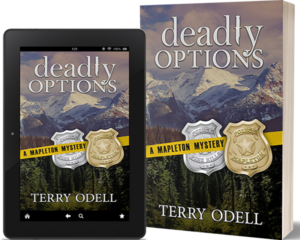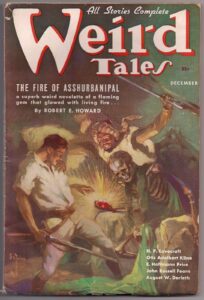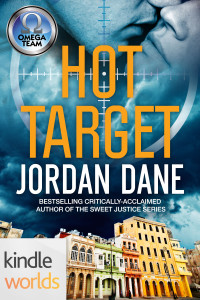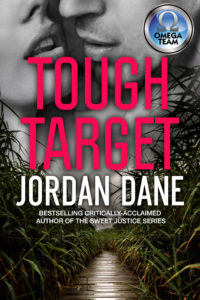Character Descriptions, Part 1
Terry Odell
 When I decided to address self-description, I found that it would make for a very long post. Since everyone’s time is valuable, I opted to split it into two posts, so you’ll get more on the topic when it’s my turn again. Today, it’s a few tips for writing character descriptions.
When I decided to address self-description, I found that it would make for a very long post. Since everyone’s time is valuable, I opted to split it into two posts, so you’ll get more on the topic when it’s my turn again. Today, it’s a few tips for writing character descriptions.
A while back, I started reading a book I’d received at a conference. I’d never heard of the author, and was looking forward to adding this one to my collection. I love discovering new authors and new characters, and since this book was part of a series, I knew, if I enjoyed it, there would be more.
I settled in to meet the characters. The first paragraph immediately punched some of my buttons. I prefer a “deep” or “close” point of view, and if the first time I meet a character, she’s brushing her thick auburn hair away from her face, I get antsy. People don’t normally think of themselves that way. This says, “outside narrator” to me. Not a deal-breaker, but not my taste. I’m a Deep POV person.
These descriptions went on with more self description—shoving white hands into the pockets of her black jeans. I don’t know about you, but I’ve never thought about what color my hands are—unless I’ve been painting.
I moved on to Chapter 2. My twitchiness increased when in the first paragraph, the introduction to the character had her capturing her long raven hair and fastening it into a ponytail. When the first sentence of chapter 3 introduced a new character pulling her long blond hair into a ponytail, I hit my limit.
Yes, understand that readers like to “see” characters, and if you’re not writing in a close POV, you can describe them the way an outside narrator would see them, but readers would like to see that you can get beyond hair—or at least vary more than the color. By now, I’m not seeing different characters, I’m seeing pages full of clones of faceless, shapeless, long-haired women with ponytails.
There’s more to describing a character than hair color. There are other physical features one can mention, as well as emotional states. Here are a couple of examples, all including hair and more.
From “An Unquiet Grave,” by PJ Parrish, where the protagonist is observing another character, one he knows from the past:
“She was standing at the stove, her hands clasped in front of her apron. She had put on a few more pounds, her face round and flushed from the heat of the oven. Her hairstyle was the same, a halo of light brown hair, a few curls sweat-plastered to her forehead.”
Another, this from “Rapture in Death” by JD Robb, who writes in an omniscient POV:
“The man was as bright as Roarke was dark. Long golden hair flowed over the shoulders of a snug blue jacket. The face was square and handsome with lips just slightly too thin, but the contrast of his dark brown eyes kept the observer from noticing.”
Or here, from “Rain Fall” by Barry Eisler, written in 1st person POV, where hair is a major part of the description of the main POV character, but it’s showing more than a simply physical description—and readers haven’t “seen” the POV character before this from page 7—we don’t need to know what he looks like from page 1, paragraph 1.
“When I returned to Tokyo in the early eighties, my brown hair, a legacy from my mother, worked for me the way a fluorescent vest does for a hunter, and I had to dye it black to develop the anonymity that protects me now.”
When I’m writing, I prefer to use very broad strokes and wait until another character does the describing. My editor and I go back and forth about how much time I should spend describing my heroine in my opening paragraphs “because readers like it” versus “it’s not how people think of themselves.” I know we’ll see her through the hero’s eyes in chapter 2, just as we’ll see him through her eyes. So, in my first chapter, in paragraph 1, readers see her emotional state. The only description comes in the second paragraph:
Or (not to put myself in a league with the above quoted authors), a quick sample from one of my books. The character is on her way to a job interview.
“She refreshed her makeup, then finger-combed her hair, trying to get her curls to behave.”
Does it matter what color her hair is? She certainly knows and isn’t going to be thinking of it—unless she’s changed it for a reason, such as in the Eisler quote. We know she cares about grooming because she’s stopped to check her appearance before her interview. She wears makeup, which reveals something about her character, and she’s got unruly curls. That’s enough for page 1.
My tips:
- Remember the POV of the character.
- Avoid “mirror” type self-descriptions.
- Less can be more. Readers like to fill in the blanks.
- Don’t be afraid to wait for another character to do the describing.
- Have your descriptions do double-duty, such as revealing character.
- Don’t show the same traits for every character, and remember to make your characters different!
Do you have any other tips to share? Pet peeves?
Terry Odell is an award-winning author of Mystery and Romantic Suspense, although she prefers to think of them all as “Mysteries with Relationships.” Follow her on Facebook and Twitter.

Are Gordon’s Days in Mapleton Numbered?
Deadly Options, a Mapleton Mystery/Pine Hills Police crossover.




